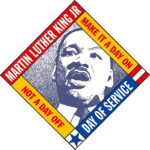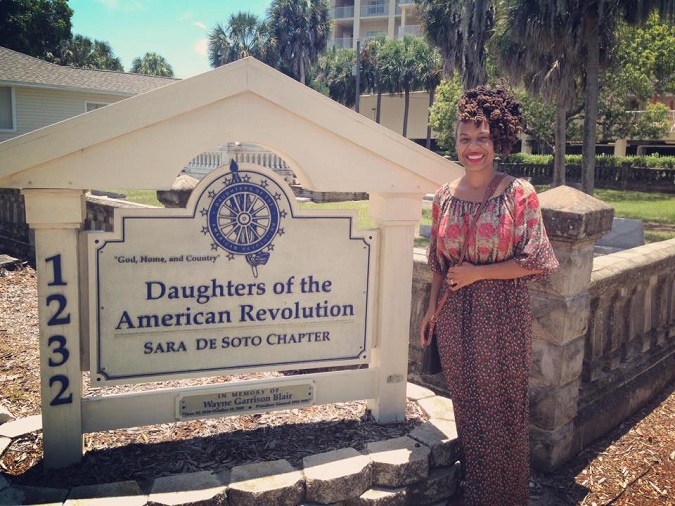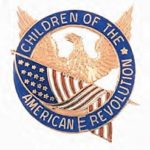Posts Tagged ‘dna’
the journey of my dna journey
A few months ago I read Alondra Nelson’s book titled The Social Life of DNA Race, Reparations and Reconciliation After the Genome. This post is inspired by that read. After I’d finished I realized that I had never quite spelled out the terms and pitfalls of my personal DNA quest and how I was going about it. And of course Nelson’s work presented ideas I’d never really considered, such as proving a genetic connection to Africa as a means of potentially receiving monetary reparations. If any restitution is to be made for what has occurred to my ancestors I have decided it will and must first come from me.

Gorno-Badakhshan, Tajikistan – 2006
Eleven years ago – that is when my interest in DNA and genetic genealogy began. Only 24 years of age then, I had been traveling within Tajikistan for roughly three weeks. I first explored the capital city of Dushanbe as a member of a Habitat for Humanity International Global Village team. Afterwards I took off to an even more far-flung corner of the country in the Gorno-Badakhshan region to check out the Pamirs and Wakhan Valley. Undoubtedly, my travels there remain steady in my top 3 favorite journeys of all time. There are many reasons and one of them is due to a very chance encounter with the group that would accelerate my desire to participate in DNA testing.
I had been wandering the bus station with my then guide, Theodore Kaye, (now an amazing editorial and corporate photographer) looking for a safe, not too tightly packed, vehicle that could get me back into Dushanbe safely. The ride back from Khorogh would be a journey of 16 hours along a very jagged path down the mountains. Selecting a vehicle that appeared to have my ultimate safety at heart was paramount. Then it happened. My face turned and caught sight of a foreigner like myself. We made eye-contact and proceeded with introductions, answering the why on Earth are you here questions and so forth. As it turned out the friendly foreigner, David Evans, a photographer for National Geographic, had been traveling in country with Dr. Spencer Wells’ team from the National Geographic Genographic project. They had just wrapped up collecting DNA samples from natives of the region. Teo asked them if it would be alright if I hitched a ride with them back to Dushanbe and they agreed.
From that point onward it was full-throttle drinking of the DNA juice that would lead me to take my very first DNA test. To be clear, the Nat Geo gang explained the Genographic project for sometime during our ride back to the capitol and I was in awe. Having never been very inclined towards science I was also a bit intimidated by Dr. Spencer Wells, but everyone was so down to Earth and the pitch they made as to why anyone and everyone should participate reeled me right on in.
Naturally, the first test I took when I returned home in late 2006 was the Genographic test.
Read more
2017 MLK Day of Service – Youth Genealogy Program
“We must learn to live together as brothers or perish as fools.” – Dr. Martin Luther King Jr.
Indeed.
On Monday, January 16, 2017 the ChiChi-Okobee Society Children of the American Revolution hosted a half-day youth genealogy program at the Children’s Garden and Art Center. This program was made possible by a State College of Florida MLK Day of Service grant which I applied for on behalf of the Sarasota area C.A.R.
 How about I quickly bring things up to speed before dishing out the details on the program. Shortly after joining the DAR last June I decided to to assist on the C.A.R. committee. It seemed like a common sense kind of idea considering I have two small children who I am working on getting into the C.A.R. as well. After a few months time one of my fellow Daughters shared with me a couple of grant opportunities that might be of interest. In October I applied for the MLK Day of Service grant. Just a few days before Thanksgiving I heard that my application for funding had been approved.
How about I quickly bring things up to speed before dishing out the details on the program. Shortly after joining the DAR last June I decided to to assist on the C.A.R. committee. It seemed like a common sense kind of idea considering I have two small children who I am working on getting into the C.A.R. as well. After a few months time one of my fellow Daughters shared with me a couple of grant opportunities that might be of interest. In October I applied for the MLK Day of Service grant. Just a few days before Thanksgiving I heard that my application for funding had been approved.
From that point forward until the day of the program, I worked tirelessly to develop and bring a youth based genealogy event to my community. And that in a nutshell was how the event came about and one of the many, many reasons I’ve been absent here.
Back to the C.A.R. For those who are not familiar:
C.A.R. is the nation’s oldest, largest patriotic youth organization offering membership to anyone under the ages of 21 who is lineally descended from someone who provided military or civil service or gave material aid or support to the cause of independence during the American Revolution.
C.A.R was chartered by the United States Congress in 1895, and is organized for the training of the young people in true patriotism and love of country.
Although the C.A.R. is only open to children with direct ancestral ties to the Revolution the Youth Genealogy Program was framed to assist children of any background with discovering tools and resources they may not have been previously aware of. Our C.A.R. society recognizes that no matter where your ancestry takes you knowing your lineage is important.
Read more
fletchers of perquimans county, north carolina

Working Fletcher family DNA tree based off my research. Research is ongoing.
If you have found your way to this blog and you have connections to the Fletcher family that once lived in Perquimans County, North Carolina I hope that you’ll stick around because I’m pretty sure we’re cousins. The only problem is I can’t quite tell you how or who connects us, but I will do my best to pave the way. A good many DNA clues have lead me to this hypothesis and in order to explain I’m going to have to start from the beginning.
Read more
joining daughters of the american revolution

Standing in front of the Sara De Soto Chapter sign
Sound the horns and throw the confetti for I am pleased to announce that I have been accepted into the Daughters of the American Revolution. For those who are unfamiliar, Daughters of the American Revolution or DAR for short is a lineage society open to any woman over the age of 18 who can prove direct lineage to a patriot who either fought or provided aid during the Revolutionary War. It is one of the oldest women’s organizations that has its core focus in three main areas: Preservation of our national history; Patriotism and love of country; Education because knowledge is key. After such a lengthy application process and exercise of the spirit of my genealogical endeavors it is such a privilege to finally be apart of this organization.
In this blog I want to share with you my reflections prior to seeking membership, my reasons for deciding to pursue membership, the application process plus how DNA assisted in my application and a word about my Revolutionary War patriot ancestor. Buckle up, because you are in for an adventure.
Read more

